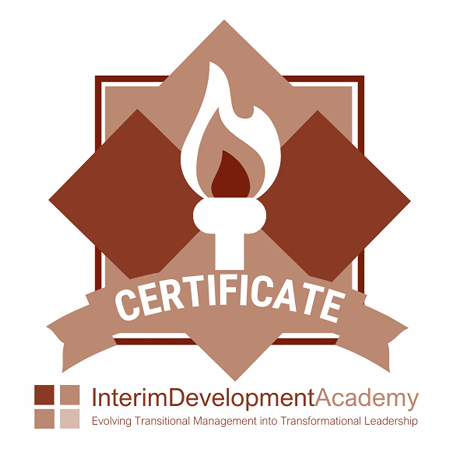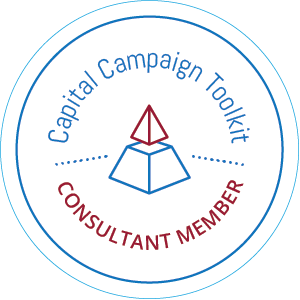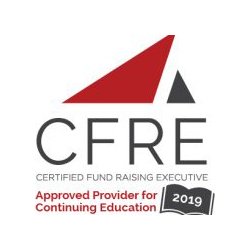 I am not an attorney nor ever claim to be one, but, as a fundraiser I sure can offer you some advice!
I am not an attorney nor ever claim to be one, but, as a fundraiser I sure can offer you some advice!
The first step in forming a nonprofit organization almost always is forming a corporation. A corporation is an entity or an organization that has legal standing. It’s established by a group of individuals – the incorporators – under the laws of the state in which its formed. Corporations protect people from personal liability and must be closed or dissolved through legal steps. You need to research the laws in your state to determine your individual state peculiarities. In most cases as part of a corporation, you will need to create governing documents such as articles of incorporation and organizational bylaws.
Next you will need to apply to the IRS for an Employer Identification Number (EIN). You will need this number to file for tax exemption and for all your state and federal reports. There is no fee to obtain your EIN. To obtain an EIN, you need to submit IRS Form SS-4 which can be downloaded from www.irs.gov. This process usually takes about four to five weeks if you apply by mail.
Now you can hold your organization’s first formal board meeting to document the fact that you have officially kicked off your new nonprofit corporation. At this meeting, you should elect the officers of your organization and designate to open the necessary bank accounts as you will need this resolution in order to do so.
And, now you have arrived! You are now at the final step in become a tax-exempt charitable organization by applying for your tax exemption from the Internal Revenue Service. In order to do so, you must request what is known as a determination letter or ruling from the IRS. This is the official IRS letter stating that it has determined that your organization qualifies as a tax-exempt organization under the applicable sections of the IRS code. You request tax-exempt status by submitting to the IRS the Application of Recognition of Exemption or IRS Form 1023 which can be downloaded from the IRS website at www.irs.gov.
This form is extremely long and cumbersome. Get assistance from an accountant or attorney. Read the instructions carefully. In order to be considered as a “public charity” an organization must receive one-third of its revenues from public sources. You also need to describe your organizational activities and how you plan to carry them out, as well as how you plan to raise funds and what your financial information will look like in terms of income and expenses for at least three years as well as what your annual accounting period will look like. You will need to submit copies of your articles of incorporation and the certificate of incorporation provided by your state.
The fee for filing IRS Form 1023 is $500 for organization that have had or anticipate having revenue of over $10,000 per year. If you anticipate or have been operating with less that the fee is set at $150. The IRS can take between two and six months to act on your application. During this time, your organization can operate and even solicit contributions by telling your donors that you have applied for a tax exemption and are waiting to hear from the IRS. Your tax exempt status is retroactive to the date of incorporation. Another option is to use a fiscal sponsor during this period.
And there you have it…a few simple steps to your nonprofit tax exempt status. Find more simple steps on starting your nonprofit organization from a fundraisers perspective here.










